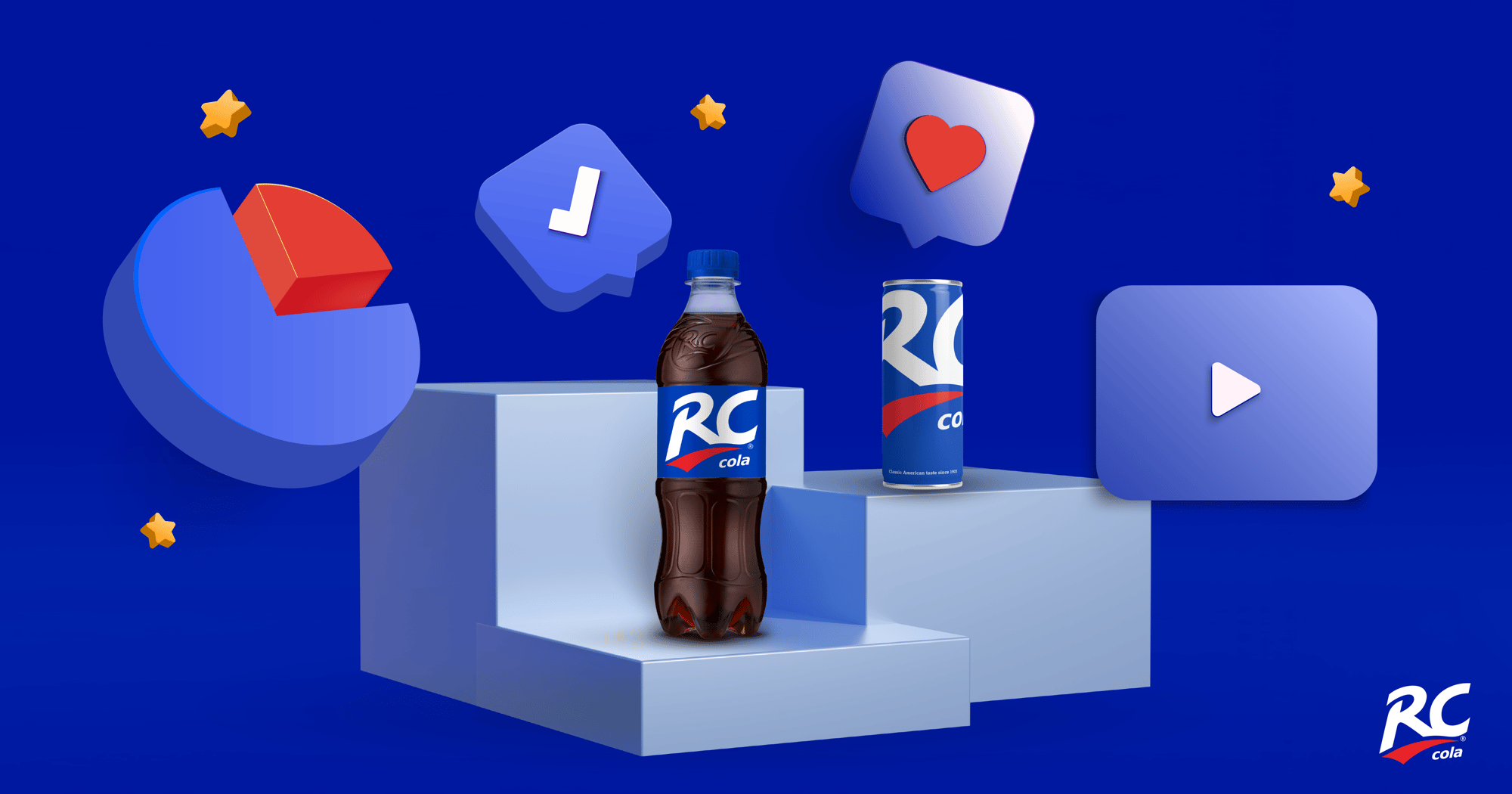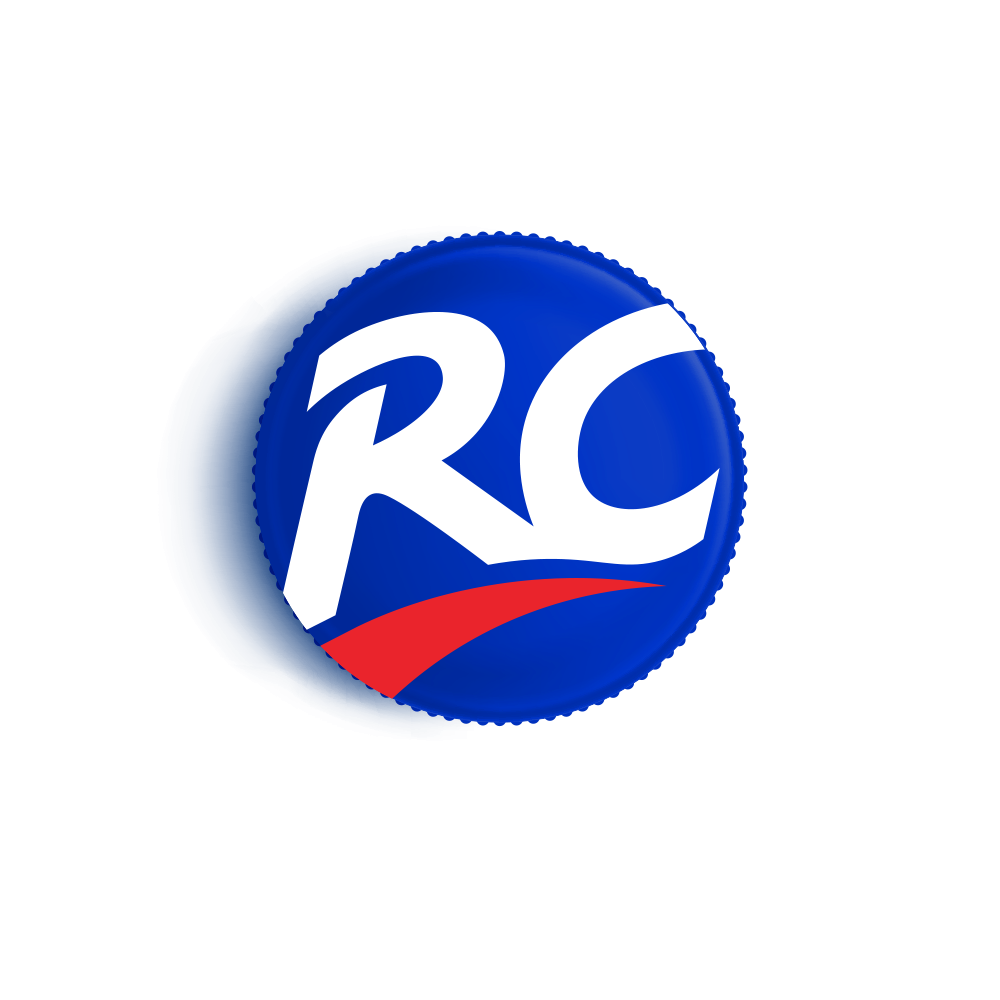In the beverage industry, content marketing is a significant part of the marketing mix. When multiple beverage brands compete for attention, the content produced helps bottlers convey their unique brand story. Whether via social media, blogs, videos, your beverage content marketing not only educates consumers about products but also creates an emotional connection which ultimately leads to a desire to purchase….
A key aspect to remember is that content marketing is a long-term strategy. It often resembles a snowball effect — starting off small and gradually gathering momentum over time. This strategy is not about immediate, explosive growth but rather, it's about building a solid foundation of trust and connection with your audience. As your content continues to engage and deliver value, the relationship with your audience strengthens, leading to increased loyalty, brand recognition, and ultimately, sales growth. This process might be gradual, but the rewards reaped are well worth the patience and consistent efforts.
In this blog, we’ll examine the seven steps you need to take to make your content marketing strategy as refreshing as the beverages it’s promoting. Let’s dive in!
Seven Steps to Building a Successful Content Marketing Strategy
Step 1: Analyze Your Target Audience, Market and Competition
With nine brands distributed in over 50 countries, we’ve learned that it's essential to adapt content marketing to specific demographics and psychographics. Even within regions, consumer preferences can differ wildly. Understanding cultural nuances and recognizing your brand's value proposition for each segment is critical to tailoring your beverage content marketing strategy.
For example, for one brand, the target audience might be health-conscious individuals looking for a low-sugar alternative to traditional colas, but another might be focusing on attracting rather young adults seeking unique beverage options. By understanding the target audience, you can create content that resonates with them and addresses their specific desires.
Similarly, you need to closely examine your competitors' content marketing strategies. But don't cast your net too wide. Limit your analysis to a maximum of 10-12 key competitor products with similar market shares. Focus on both direct and indirect competitors, but if you're promoting an existing and known brand (like RC Cola), don't make the mistake of comparing yourself to newcomers trying to gain market traction. Understand what content your competitors are producing and how they're disseminating it.
Step 2: Find Your Brand’s Positioning
Making great beverages is the easy part. Successfully bringing them to market is where it gets really difficult. Especially if you’re introducing a new product or flavor into your market, it’s tough to fight against established competitors who have the advantages of market presence and recognition. That’s why it’s crucial to closely consider how you position your brand. Once you’ve positioned your challenger brand for success, adapt the content you create to this positioning.
Try to think about what differentiates your brand or product from others on the market. It could be its unique flavor profile, commitment to quality ingredients, or something else to emphasize what sets your brand apart from the competition. By creating positioning-centric tailored content, you can not only effectively tell your brand's story, but also engage your audience, making them feel part of the beverage experience.
Step 3: SEO
Search Engine Optimization (SEO) is not the most fun or easy item on your content marketing to-do list. Yet with 53% of all website traffic originating from organic search (people searching for specific keywords), it may be one of the most important.
SEO enhances the online visibility of your new and existing products. Optimizing content with relevant keywords and local search terms helps customers find your beverage brand when searching for specific drinks, flavors, or local preferences. This targeted approach ensures that your brand appears prominently in search results - influencing consumer decisions and driving sales in a competitive market.
For instance, if you’re a bottler, your SEO strategy could focus on ranking for keywords such as ‘unique cola flavors’, ‘trendy soft drinks’ or similar. Utilize SEO tools to identify the most searched-for terms in your industry and craft content that integrates these keywords naturally. For this step, you might want to seek help from SEO specialists to make sure the SEO practices you're about to implement are effective.
Step 4: Ideation – Shape Your Story
The fourth step in your content marketing strategy is to tap into the potential of the content you create. It is important to note that each piece of content you create can serve multiple purposes and reach diverse audience segments across various platforms.
To start crafting a compelling brand narrative, try imagining different scenarios of why your target audience needs your product, and how they might use it. Do they need a thirst quencher after a day of hot work? Do they need a pick-me-up before a big test? A new taste experience when they’re bored?
To resonate effectively with your audience, you need to plant your feet in their shoes (as much as possible). Understand their needs, desires, and preferences. Then, make sure that your story aligns with what matters most to them. This empathetic approach creates a profound and powerful connection between your brand and your potential or existing consumers.
Next, work closely with your sales team to understand customer queries and feedback. This can provide valuable insights and ideas for content that can answer customer queries, educate them about your products, and ultimately guide them through the sales funnel.
Experiment with different formats such as videos, infographics, and social media campaigns to attract audiences from various sources. Repurpose relevant content across different platforms and channels to maximize reach and engagement. For instance, a well-written blog post can be repurposed into an engaging infographic or a short video for social media, extending its reach and lifespan. It can also be broken down into smaller pieces to create a series of social media posts. Furthermore, turning popular blog posts into downloadable PDF guides or e-books can provide a value-add to your audience, while also generating leads when you ask for their email in return.
By continually finding new ways to repurpose and distribute your content, you can ensure you're maximizing your content creation efforts while consistently maintaining your audience's interest in your brand.
Step 5: Distribution
To successfully distribute your content, it's important to understand your audience's digital landscape – ie where they are and what they’re doing online. A simple example: a senior audience will most likely not see your TikTok campaign, just like a pre-teen audience will likely never see your Facebook ad. Diversify your content formats to capture a broad audience.
To ensure that your brand's presence is felt across different platforms, look beyond traditional marketing and consider interactive content, social media campaigns, and visual storytelling. As your basis, however, you’ll want to utilize a combination of owned, earned, and paid channels to ensure maximum reach:
- Your owned channels include your website, blog, and social media platforms. This is where you set the tone of your messaging and present your content;
- Earned or organic channels are those where others share and promote your content due to its value. This could be through PR, guest blogging, or social shares;
- Paid channels involve investing money to promote your content and can include pay-per-click advertising or sponsored content.
Additionally, you can explore opportunities for user-generated content where consumers become your beverage brand’s advocates and share their experiences with RC Cola. Encourage consumers to create and share their own content featuring RC Cola, whether it's recipes, photos, or videos. This not only increases brand engagement but also provides authentic social proof that can attract new consumers.
Step 6: Allocate Your Budget Right
It's vital for you to estimate costs for content creation, distribution, and promotion. Depending on the scale of your operations, this might include costs for content creation tools, hiring content creators, SEO tools, paid advertising, or even influencer partnerships.
Your content may be exceptional, but if it isn't reaching the right people, it won't meet its objectives and the effort put into creating it may be wasted. A balance must be struck between content creation and distribution in your budget allocation. You should consider a rough split of 60:40 or even 50:50 in favor of content distribution. This will ensure that your well-crafted content reaches the maximum number of people, ultimately driving growth and brand recognition. This split is not a hard and fast rule, but a suggestion that underlines the importance of efficient distribution in an effective content marketing strategy.
Additionally, remember to keep a buffer for unexpected costs or opportunities that may arise. It's essential for you to allocate your budget effectively to ensure maximum return on investment for your content marketing strategy.
Step 7: ROI
Try to establish the metrics you want to focus on early in the process and come back to them regularly to see how you’re doing. These metrics serve to show what you can improve, and they could include organic traffic, social shares, bounce rates, time on site, conversion rates from viewing to contact, or ideally, customer acquisition costs.
Learning from failures is as important as celebrating successes. If certain content pieces or strategies do not perform as expected, it does not mean you should abandon content marketing altogether. Instead, take it as an opportunity to reassess your strategies, learn from missteps and re-align your efforts. For example, Ahrefs CMO Tim Soulo explained why his company doesn’t link return on investment (ROI) to content marketing. He emphasized that measuring leads or CPA wouldn't change their content strategy, as they firmly believe in its effectiveness. The lesson is: measure what matters, and if it won't alter your approach, focus on other metrics.
By consistently evaluating your ROI, you'll be able to identify what is working and what isn't, allowing you to optimize your content marketing strategy for maximum impact. Remember, content marketing is not a one-time project, but a long-term strategy that requires regular monitoring, analysis, and optimization.
Conclusion
While these seven steps provide a solid foundation for building a successful content marketing strategy, it's essential to keep in mind that this is not a one-off task but a continuous work. As such, it's crucial to stay updated on current beverage trends and adapt your strategy accordingly. Additionally, don't be afraid to experiment and try new things with your content to keep it fresh and engaging for your target audience. With a well-crafted content marketing strategy, you can connect with RC Cola consumers on a deeper level and build long-lasting relationships that will benefit your beverage brand in the long run. So, start implementing these steps today and watch your content marketing efforts for RC Cola soar!
And if you ever need help, RC Cola is here for you to support you in every step of the content marketing strategy. Be it conceptualizing ideas, content creation, distribution strategies, or budget allocation, our belief is in collaborative growth and success.



